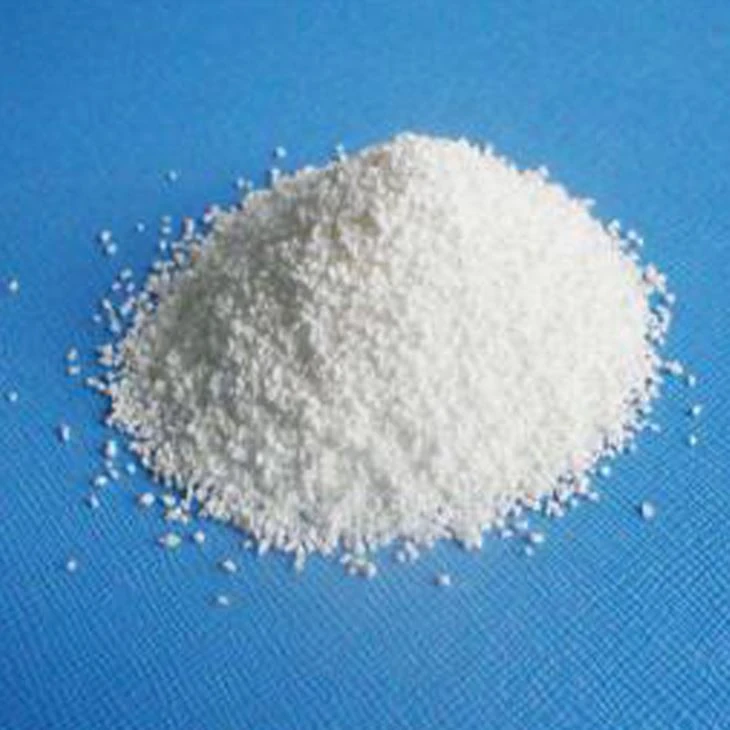



Preparation and Use of 0.3% Sodium Hydroxide Solution in Laboratory Applications
Understanding 0.3% Sodium Hydroxide (NaOH) Solution Applications and Considerations
Sodium hydroxide (NaOH), commonly referred to as lye or caustic soda, is a highly versatile chemical widely used in various industrial applications. When we talk about a 0.3% NaOH solution, we are referring to a dilute aqueous solution containing 0.3 grams of sodium hydroxide per 100 milliliters of water. This low concentration allows for an effective yet safe way to leverage the properties of sodium hydroxide in numerous scenarios.
Chemical Properties and Preparation
Sodium hydroxide is a strong base, which means it can dissociate completely in water to produce hydroxide ions (OH⁻) and sodium ions (Na⁺). This property enables it to raise the pH of a solution significantly, making it useful in neutralizing acidic substances. Preparing a 0.3% NaOH solution involves carefully dissolving the appropriate amount of NaOH pellets in distilled water. Safety precautions should always be exercised due to the caustic nature of concentrated sodium hydroxide, even if the solution itself is relatively dilute.
Applications of 0.3% NaOH Solution
1. Laboratory Use In laboratory settings, a 0.3% sodium hydroxide solution is often employed in titration experiments to determine the concentration of acidic solutions. Its precise concentration makes it an ideal choice for quantitative analyses, ensuring accurate results.
2. pH Adjustment This dilute solution can be used to raise the pH of acidic wastewater in various industrial processes. By adjusting the pH, companies can ensure compliance with environmental regulations, making it a critical component in waste treatment applications.
0.3 n naoh

3. Medical Applications In the medical field, 0.3% NaOH solutions can act as cleaning agents and disinfectants. They can help in the sterilization of medical instruments due to their ability to break down organic matter and eliminate pathogens effectively.
4. Food Processing Sodium hydroxide is utilized in food manufacturing, particularly in processes like curing olives or making pretzels. A 0.3% solution can enhance the texture and taste while ensuring food safety.
5. Material Processing In textile and paper industries, a dilute NaOH solution can be employed to remove impurities and prepare materials for further processing. Its mild concentration is particularly useful for pre-treating fabrics without damaging them.
Safety and Handling Considerations
While a 0.3% NaOH solution is significantly less hazardous than concentrated sodium hydroxide, it is important to handle it with care. Appropriate personal protective equipment (PPE) like gloves and safety goggles should always be used to prevent skin and eye contact. Furthermore, it is crucial to store the solution in properly labeled containers and in a safe location to avoid accidental exposure.
Conclusion
A 0.3% sodium hydroxide solution serves multiple purposes across various industries, thanks to the unique properties of sodium hydroxide as a strong base. Its applications in laboratories, environmental management, food processing, and medical hygiene underscore its importance as a versatile chemical. Nevertheless, it is essential to prioritize safety when handling any concentration of sodium hydroxide, ensuring that appropriate precautions are taken to protect both individuals and the environment. Understanding the benefits and risks associated with this chemical can help maximize its potential while minimizing hazards.
-
Why Sodium Persulfate Is Everywhere NowNewsJul.07,2025
-
Why Polyacrylamide Is in High DemandNewsJul.07,2025
-
Understanding Paint Chemicals and Their ApplicationsNewsJul.07,2025
-
Smart Use Of Mining ChemicalsNewsJul.07,2025
-
Practical Uses of Potassium MonopersulfateNewsJul.07,2025
-
Agrochemicals In Real FarmingNewsJul.07,2025
-
Sodium Chlorite Hot UsesNewsJul.01,2025










